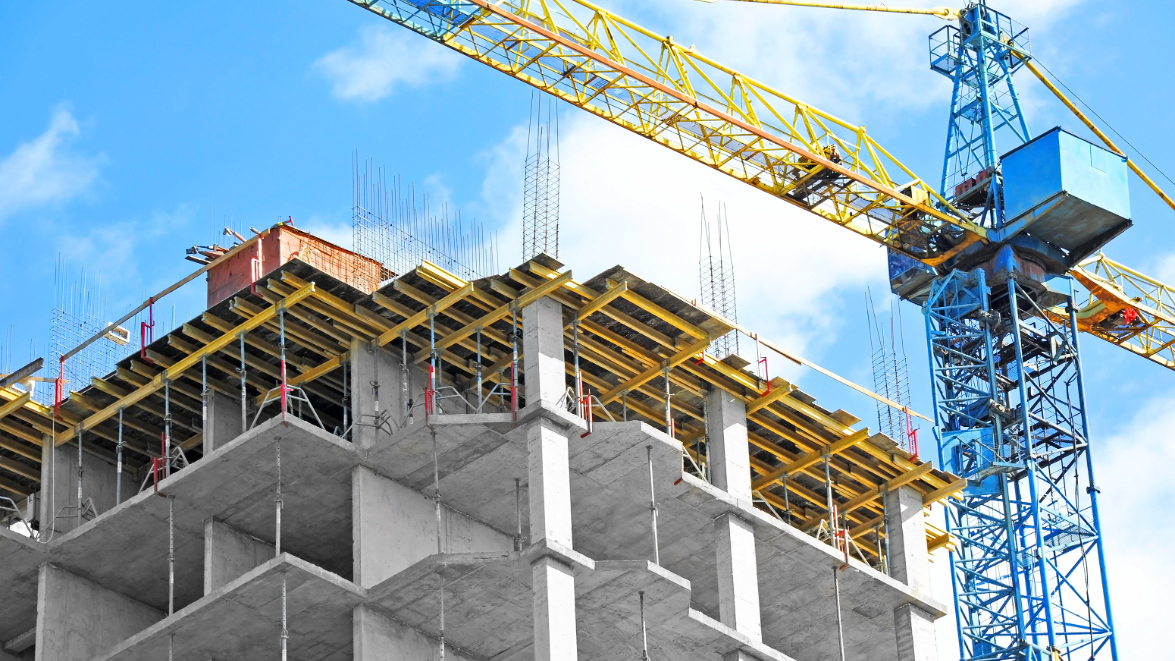
Decarbonising the real estate sector
Real estate can make a powerful contribution to the net-zero agenda so asset owners must engage with regulators to understand the competitive advantage of embracing change.
The pressure is on for real estate managers, owners, developers, and occupiers as governments around the world aim to decarbonise real estate and meet city net-zero targets.
Buildings contribute up to 40% of global greenhouse gas emissions, according to the World Economic Forum. With an average lifespan of 30 to 40 years, buildings must be decarbonised for their whole lifecycle.
According to John Hoeppner, head of US stewardship and sustainable investments, LGIM America, as the real estate industry prepares to meet net-zero targets, new construction needs to be innovative and result in low-carbon emissions, and existing building inventory retrofitted to meet new threshold requirements to reduce embodied carbon.
Hoeppner says: “The way investors are approaching decarbonization can vary greatly across sub-asset classes as there may be conflicting incentives for owners and occupants. We are explicitly assessing how real estate companies are incorporating decarbonization into their long-term strategy.”
Working towards net zero in real estate
Real estate investors are taking different approaches towards decarbonization.
Aviva Investors launched a Net Zero Pathway for Real Assets in 2021, providing a roadmap on how it expects to reach net zero across the entire portfolio of approximately £50bn of assets by 2040.
The road map includes five interim goals in the pathway which are set to be delivered by 2025. Edward Dixon, head of ESG, real assets, Aviva Investors, elaborates: “The concept behind these was to provide our clients and the market with material proof-points against which our progress can be measured, and to ensure our long-term commitments are being met with measurable action.”
Meanwhile, Allianz Real Estate, which has around €80bn in assets under management, has a decarbonisation programme that aims to reduce carbon emissions from its global portfolio of 25% by 2025, with an overall target to be carbon net zero by 2050.
Allianz has underpinned its sustainability programme with the independent Carbon Risk Real Estate Monitor (CRREM) and Global Real Estate Sustainability Benchmark data and benchmarking tools. CRREM enables stakeholders to clearly communicate the downside financial risks associated with poor energy and carbon performance. It also helps them quantify the financial implications of climate change on real estate assets.
“Investments are analysed and reported against CRREM’s decarbonization pathways which are aligned with the Paris climate goals of limiting global temperature rise to 2°C, with ambition towards 1.5°C,” explains Raphael Mertens, chief risk officer at Allianz Real Estate.
The real estate industry needs a consensus to assess what is a ‘green building’.
The challenges, and support, behind net-zero real estate
Given the scale of change required across real estate, time will be a challenge in redeveloping and refurbishing sustainability programmes.
According to Mark Brennan, partner at Foresight Group, another challenge relates to the tenant benefiting from decarbonisation investments made by the landlord, while landlords are unlikely to want to invest heavily in an asset with their own capital.
Brennan predicts: “It is increasingly clear that the greenest buildings will command the longest leases at the highest rent, with lenders also offering the most competitive underwriting terms to sustainability-focused REITs.”
Another challenge facing investors in real estate is gaining visibility of the change needed. Awareness of the need to bring about transition is clear, but gauging the scale of a given building’s net-zero journey – and the investment required to execute this – requires data that is not easily accessible.
In April, industry associations, coordinated by Melville Rodrigues, head of real estate advisory at Apex Group, wrote to the FCA, International Sustainability Standards Board and TCFD.
The associations propose the development of real estate-specific metrics to facilitate consistency of disclosures both across the EU and UK as well as internationally.
Rodrigues explains: “The real estate industry needs a consensus to assess what is a ‘green building’. There should be a consistency of approach adopted by regulators so investors (via equity or debt), asset managers and the occupiers can all share a common standard – and benefit from efficient reporting lines.”
“In addition to engaging constructively with regulators, real estate managers must recognise the scope for competitive and reputational advantage that come with embracing the ESG market challenges: thereby addressing what is the defining crisis of our time, climate change,” Rodrigues concludes.




